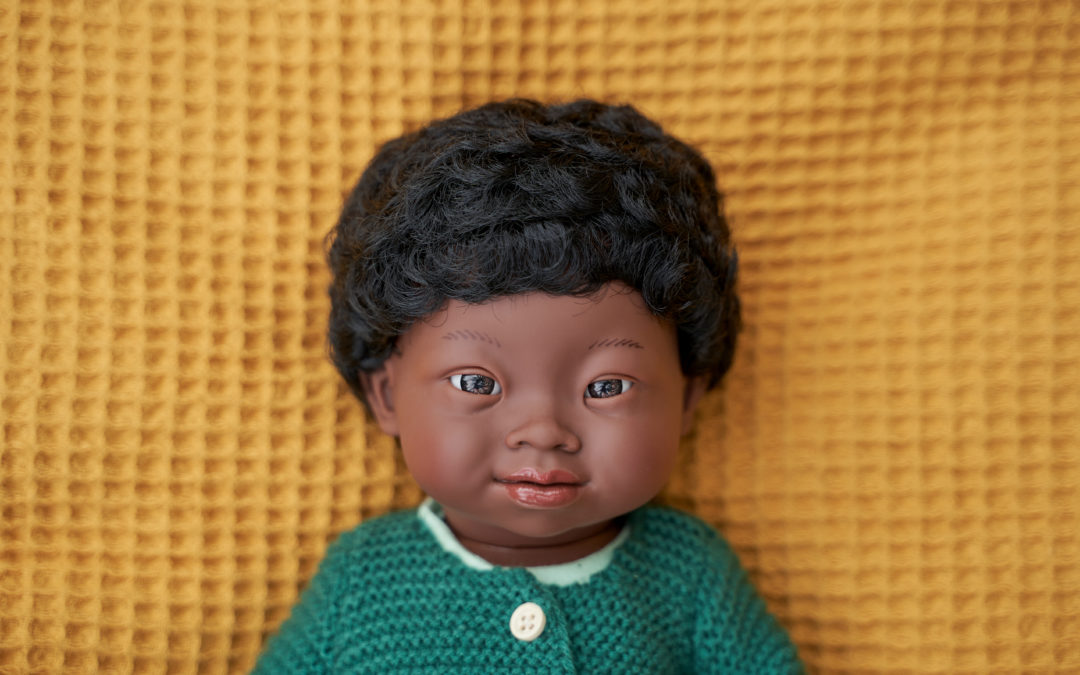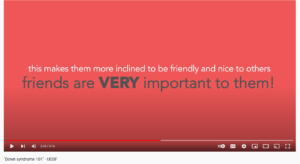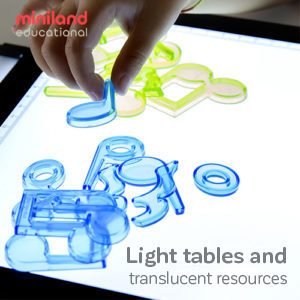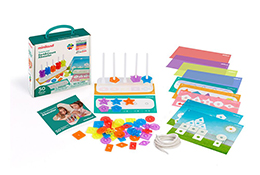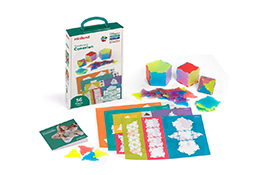Teaching acceptance and respect
Every year in October, the worldwide Down syndrome community comes together to celebrate the pure wonder and beauty of those with an extra chromosome!
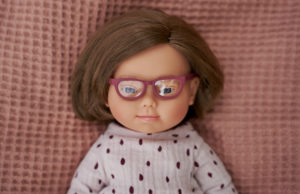
Whether you have a student with Down syndrome in your class or you are researching ways to show respect and kindness to those with Down syndrome, YOU are a part of this incredible community and in ensuring young minds continue to be kind and respectful to those that may not look or act like them.
Down syndrome occurs across the human spectrum and is the most common chromosomal condition. Each year, about 6,000 babies are born with Down syndrome in the United States. The prevalence of Down syndrome increases with the mother’s age. It is associated with delays in physical growth, characteristic facial features and intellectual disability. Children with Down syndrome go on to live happy and long lives.
Throughout the month of October, we are setting out to celebrate people born with DS as well as the continued advancements to improve their quality of life and support their inclusion both in and out of the classroom.
As children may meet other students and/or adults with Down syndrome in their academic lives, your approach on this topic may help influence their attitudes and behavior towards people with DS for the rest of their lives. Don’t be daunted. There are several ways to help educate your students on the best ways to show respect, acceptance and kindness for those with DS (and in turn, those without).
Many people without Down syndrome aren’t sure of “how to act” or “what to say” “what not to say.” The answer is actually very simple: treat them the same way you’d like to be treated. With kindness and respect.
Below are some interesting facts about Down syndrome that you can share with your students to help them better understand this common condition, as well as tips to celebrate and respect those within the DS community:
- In the 1950’s, English physician John Langdon Down classified the genetic disorder now known as Down syndrome. Hence the name “Down syndrome”.
- We as a society have changed for the better when it comes to the treatment of those with Down syndrome. Previously, children with DS were given away, abandoned or sent to hospitals to live.
- Down syndrome has nothing to do with the color of your skin, your ethnicity, your socioeconomic status, religion, or any action by their parents. It’s just a condition that happens in one out of 700 children born every day in the U.S.
- People with Down syndrome lead full, rich lives. Emphasizing education, a loving and stimulating home environment, peers that respect them, and quality health care help give people with Down syndrome the normal, happy lives they deserve.
*Source: National Day Calendar
Here are some easy suggestions and activities to educate your students on celebrating and respecting individuals with DS:
- Play a Simple Video all about Down Syndrome: The Utah Down Syndrome Foundation created a fantastic video called “Down syndrome 101” to help educate both children and adults on what Down syndrome is about. It’s an easy and interesting way to learn about DS at a young age. Sharing this video with your students, both in-person and virtually, is a great way for them to easily understand the similarities and unique differences that make up someone with Down syndrome. We found it to be very informative and broken down simply for pre-school to elementary school age children to understand:
2. Use the proper terminology: When Miniland was first creating our award-winning line of Dolls with Down syndrome, extensive research was done to ensure that the proper terminology and phrasing was used. The World Down Syndrome Association of Singapore created a helpful list of Do’s and Don’ts to better educate yourself and in turn, simplify the approach for your students. For example, they point out that people with DS prefer you to describe the person, not the disability: a person with Down syndrome, and NOT a Down syndrome person NOR a Down’s kid.
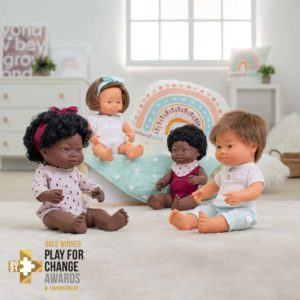
3. Introduce play into the narrative: One of the best ways to practice social skills is through play. At Miniland, we of course are huge proponents of learning through play. Teachers love using our dolls for role-playing, enhancing social skills, and showcasing diversity, helping little ones learn about inclusivity and acceptance. Both children with Down syndrome and those without need access to toys that closely resemble them to feel both a connection to a doll that’s just like them or that may look like a friend or family member. To fully support representation and acceptance of others, we made a conscious effort to create dolls of varying genders, ethnicities and skin tones. With our Dolls with Down syndrome, we wanted to begin the narrative early to pave the way to normalize the condition, showcasing the sweet facial characteristics of babies with Down syndrome in a realistic and respectful way.
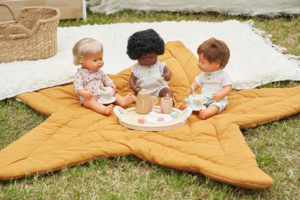
Let your students play with the dolls and ask questions if they have them. For example, a student might want to know why the dolls’ eyes may look different than theirs. Answering with the facts, in a simplified way, will help the student understand.
Opening the discussion for questions about Down syndrome gives you an opportunity to highlight facts from disrespectful narratives or terminology. It will also help other students who may be shy or embarrassed about asking a question gain the knowledge they need to treat people with DS kindly.
By fostering acceptance and inclusivity of those that look “different” from ourselves, we can create an environment that is both healthy and imperative to a child’s view of the world that lasts long into adulthood. For more information on Down syndrome, please visit Global Down Syndrome.org.
